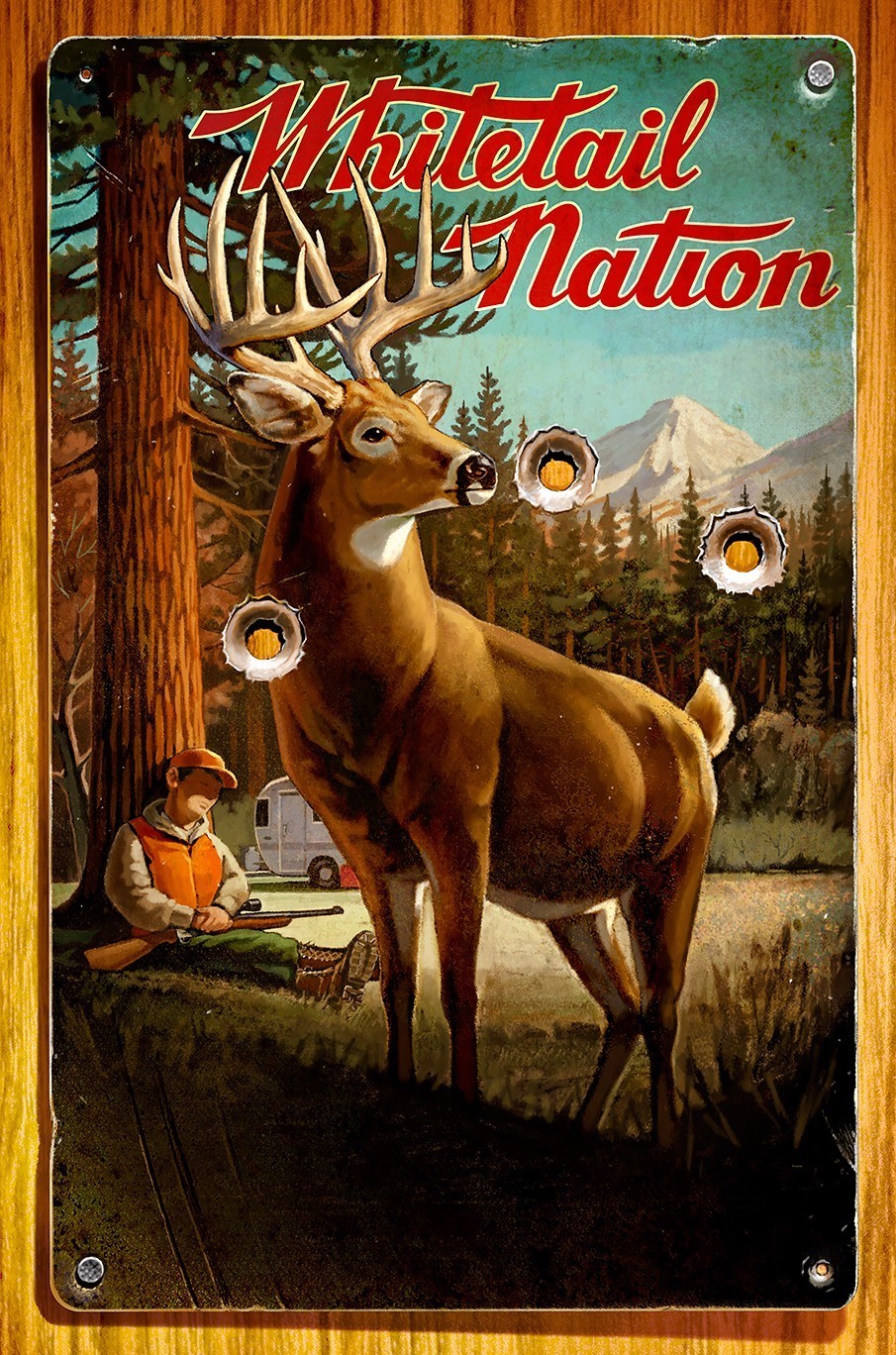Understanding the Deer Travel Radius: Insights into Their Movement Patterns
#### Deer Travel RadiusThe term **deer travel radius** refers to the distance that deer typically cover during their daily activities, including foraging, m……
#### Deer Travel Radius
The term **deer travel radius** refers to the distance that deer typically cover during their daily activities, including foraging, mating, and avoiding predators. Understanding this radius is crucial for wildlife management, hunting strategies, and conservation efforts.
#### Factors Influencing Deer Travel Radius
Several factors can influence the travel radius of deer. These include:
1. **Habitat Quality**: The availability of food, water, and shelter can significantly impact how far deer are willing to travel. In areas with abundant resources, deer might have a smaller travel radius, while in sparse environments, they may roam further to meet their needs.
2. **Seasonal Changes**: Deer behavior changes with the seasons. During the rutting season, for example, males may expand their travel radius significantly in search of mates. Conversely, during winter months, deer may limit their movements to conserve energy.

3. **Predation Pressure**: The presence of predators can also affect how far deer travel. In areas with high predation risk, deer might remain closer to cover, reducing their travel radius.
4. **Human Activity**: Urban development, hunting, and land management practices can alter deer movement patterns. Deer may adapt their travel radius in response to human encroachment, often leading to changes in their natural behavior.
#### Measuring Deer Travel Radius
Researchers often use GPS collars and tracking devices to study deer movement patterns and determine their travel radius. By analyzing the data collected from these devices, wildlife biologists can gain insights into the daily and seasonal movements of deer populations. This information is vital for effective wildlife management and conservation strategies.
#### Implications for Wildlife Management

Understanding the **deer travel radius** has significant implications for wildlife management. For instance, knowing how far deer travel can help in:
- **Hunting Regulations**: Setting appropriate hunting seasons and bag limits based on deer movement can lead to sustainable populations.
- **Habitat Conservation**: Identifying critical habitats that deer frequent can guide conservation efforts, ensuring that these areas are protected from development or degradation.
- **Population Studies**: Estimating deer populations and their health requires an understanding of their travel patterns, as this affects breeding success and survival rates.
#### Conclusion

The **deer travel radius** is a crucial concept in understanding deer behavior and ecology. By studying the factors that influence their movement patterns, wildlife managers and researchers can make informed decisions that benefit both deer populations and their habitats. Whether for hunting, conservation, or simply understanding wildlife, knowledge of the deer travel radius plays a vital role in our interaction with these fascinating creatures.
In summary, the travel radius of deer is not just a number; it reflects the complex interplay between the animal and its environment, shaped by various ecological and anthropogenic factors. As we continue to learn more about these majestic animals, we can foster a better coexistence between humans and wildlife.